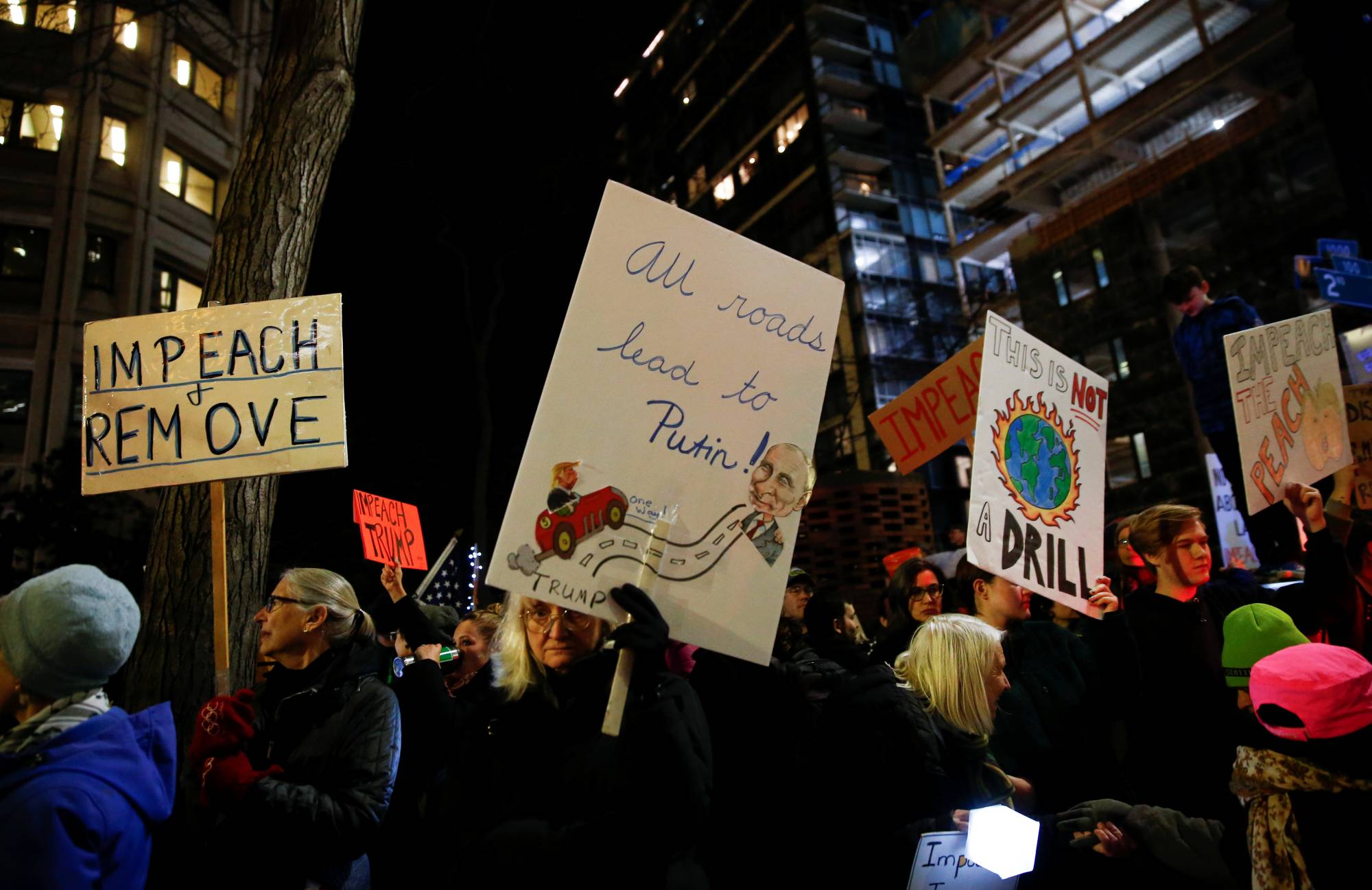On May 21, the U.S. Department of State announced a $250,000 grant for “Exposing Russian Health Disinformation,” to which the Russian Embassy in Washington immediately responded that America had shown its “true intentions ... during a difficult global pandemic.” Normally, I would not side with the Kremlin. But I cannot help wondering whether the Russophobia found in some segments of America’s political class and media has become pathological.
To be sure, in April, the U.S. Department of State warned that Russia, along with China and Iran, was stepping up its disinformation efforts in the midst of the COVID-19 crisis. And yet, ever since the 2016 U.S. presidential election, mainstream media outlets and the Democrats (my own party) have been wringing their hands over Russia, often succumbing to sheer hysteria. Though the Kremlin did interfere in the election to undermine Hillary Clinton, thereby ultimately helping Donald Trump, the ensuing investigations found no evidence of the clear-cut “collusion” that many in America’s leading media outlets had long assumed was there.
As the executive editor of The New York Times, Dean Baquet, conceded last year during an internal newsroom meeting, “We built our newsroom to cover one story, and we did it truly well. Now we have to regroup, and shift resources and emphasis to take on a different story.” In other words, The New York Times, like other mainstream publications, is in the business of shaping the narrative. As Walter Lippmann — required reading in U.S. journalism schools — pointed out almost 100 years ago, someone has to tell the “bewildered herd” what to think.


















With your current subscription plan you can comment on stories. However, before writing your first comment, please create a display name in the Profile section of your subscriber account page.